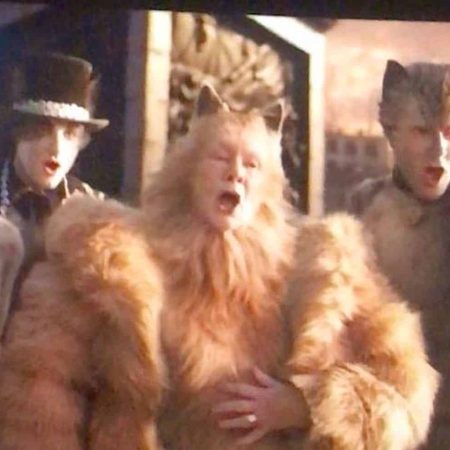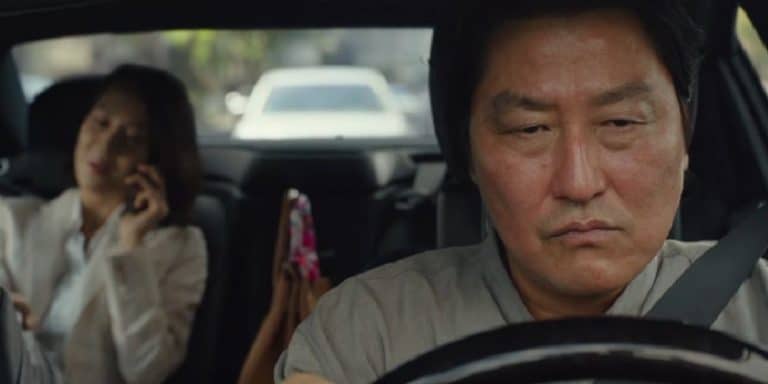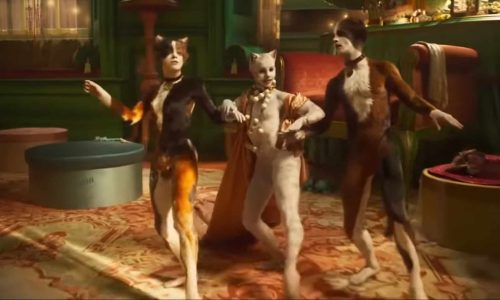Well-crafted cinematography amplifies the impact of storytelling, using visual language to shape the tone and content of all that appears onscreen. Everything from pacing, to emphasis, to character emotion, to the suspension of disbelief itself, depends on how the cinematographer chooses to employ the tools of the trade.
As with other forms of art, some have a facility for learning – but nobody is born a master. Training takes years of study, and constant practice leads to greater fluency, which in turn opens the door to better communication.
But if cinematography is a language, what is its grammar? Decades ago, film industry veteran Joseph V. Mascelli wrote a landmark book exploring just this question. The Five C’s of Cinematography: Motion Picture Filming Techniques combines theory and examples to clearly settle the question of why some movies work well and others don’t.
The 5 C’s of visual storytelling
Although it may at first seem like anyone with a decent camera can tell stories, there are certain niceties that differentiate the amateur filmmaker from Spielberg. With that said, let’s look at how Mascelli’s 5 C’s of Cinematography apply to Cats and Parasite, a pair of films which earned lots of attention for very different reasons.
Camera Angles: The right placement of the camera can orient viewers to the scene, providing visual cues to illustrate the relationships between characters, their environment, and onscreen events.
Social status mirrors the landscape in Parasite’s urban hills
Continuity: Smooth internal logic opens the door to an immersive viewing experience. By contrast, if scenes lack visual consistency, viewers are going to be confused when trying to follow along with the story. Continuity mistakes can also spoil the emotional core of a scene.

Cutting: Transitions go hand in hand with continuity, which is why poor transitions often lead to frustration and miscommunication. Although based on a book by the celebrated poet T.S. Eliot, Cats the movie was seen by reviewers as little more than a “scattered series of situations”.
When planned carefully with intuition and foresight, sensible cutting can drive the narrative forward. Viewers of Parasite will notice that each shot is like the movement of a chess piece – subtle in itself, but building up to terrific storytelling power when placed in combination with the others.
A great deal of planning is needed to make a sequence feel effortless
Close-ups: Adding close-ups can change a scene tremendously. Even without dialogue, viewers can be made to experience powerful emotions alongside the onscreen characters.
In the scene below, for example, you can almost see the emotions of the two characters in the car. Even without any knowledge of the context, you’ll find it easy to sense each one’s state of mind.

Composition: The arrangement of elements in a movie frame includes lighting, color, space, mood, and tone. In Parasite, the dark and cluttered Kim household stands in stark contrast with the spotless upper-class Park house, which is illuminated by high-tech LED lights and features a large window opening onto a private garden.
One look, and you can already imagine the gulf that separates the two families – both economically and psychologically.
In Cats, it’s hard to know what we’re supposed to think.

Visual storytelling and the mind’s eye
Mascelli’s lessons have deep implications for modern marketing, which relies on quality video production more and more heavily with each passing year. The price of failure is considerable, as a badly made video tends to cost just as much as an excellent one.
The rewards of success, however, are even greater: When done right, video production can create a truly immersive experience that captures the imagination of viewers and builds greater confidence in your brand.
Video-based storytelling integrates a wide range of skills, each complementing the strengths of the others – and it is this very teamwork which makes visually impactful storytelling possible. Those priceless moments of ‘movie magic’ become possible when the language of cinema blends effortlessly into the language of the human mind, erasing the boundary between storyteller and audience.
This achievement, challenging to reach and even more difficult to sustain, is the worthiest goal of art and marketing alike. Yet the path to success simply involves following established best practices for impactful cinematography and video production.
Impactful video from the right creative agency in Bangkok can create meaningful bonds between your brand and its customers. With a foundation of strong ideas, and a healthy respect for the nuances of video storytelling, your brand identity can reach its true potential at last.